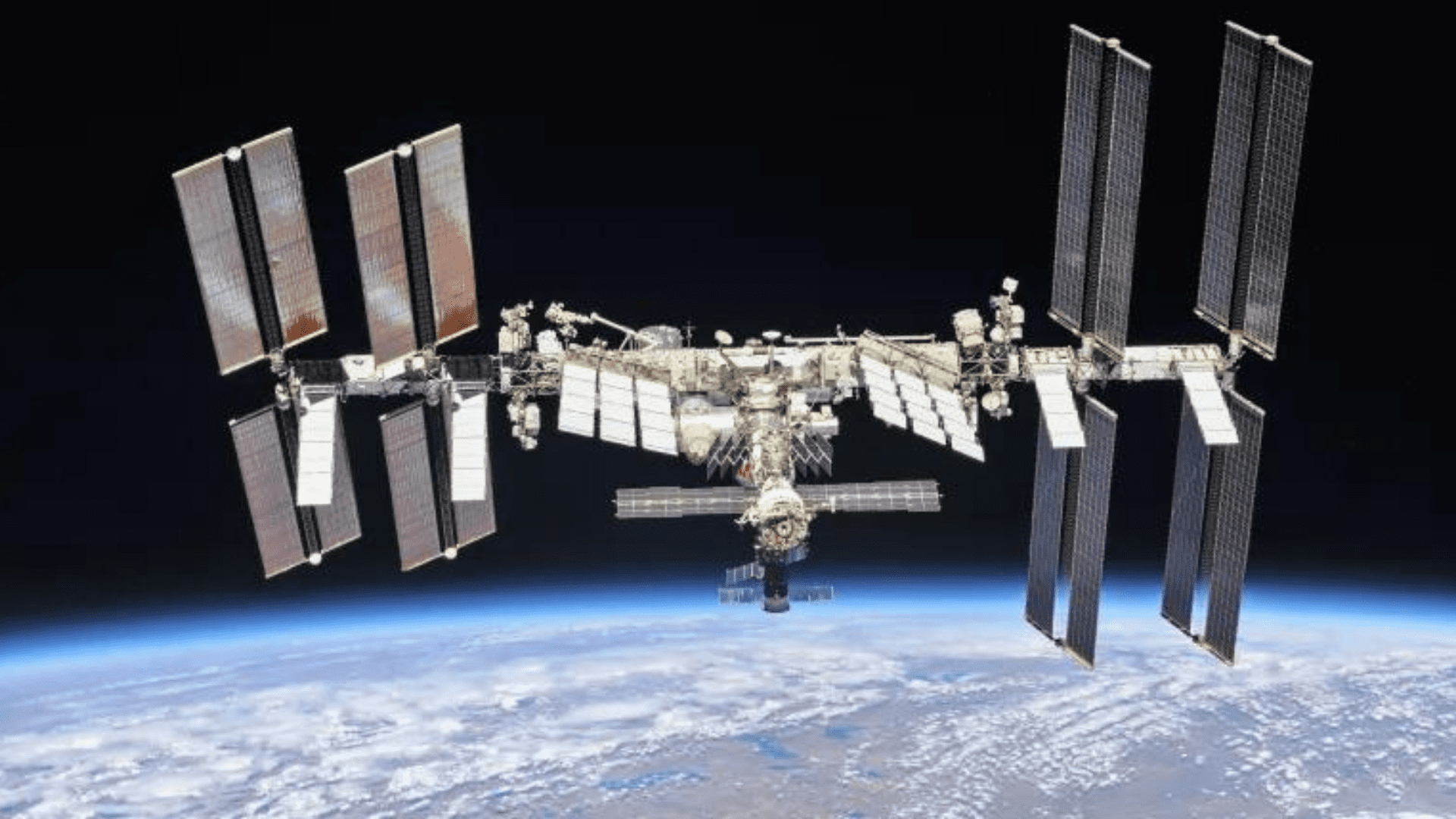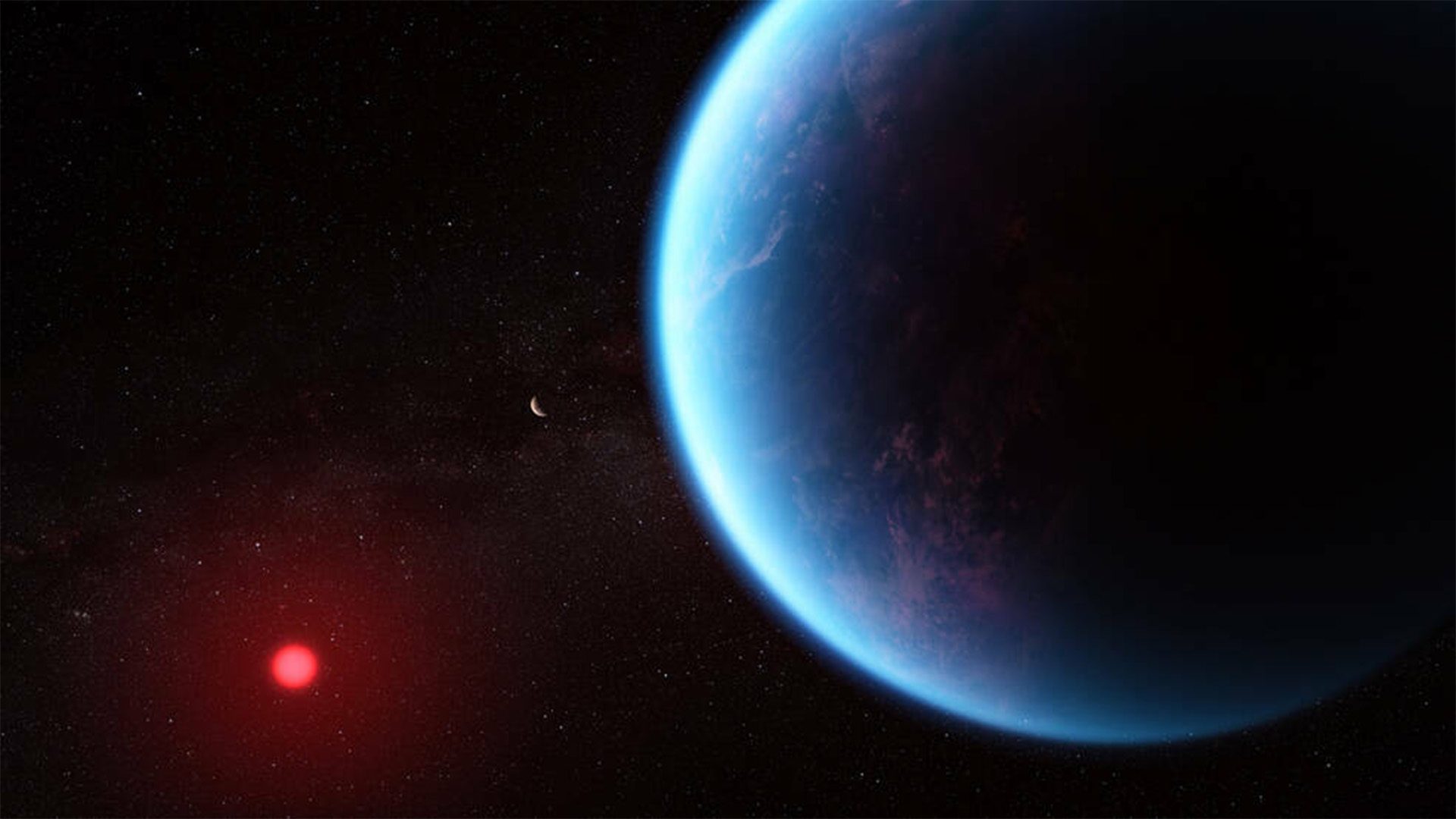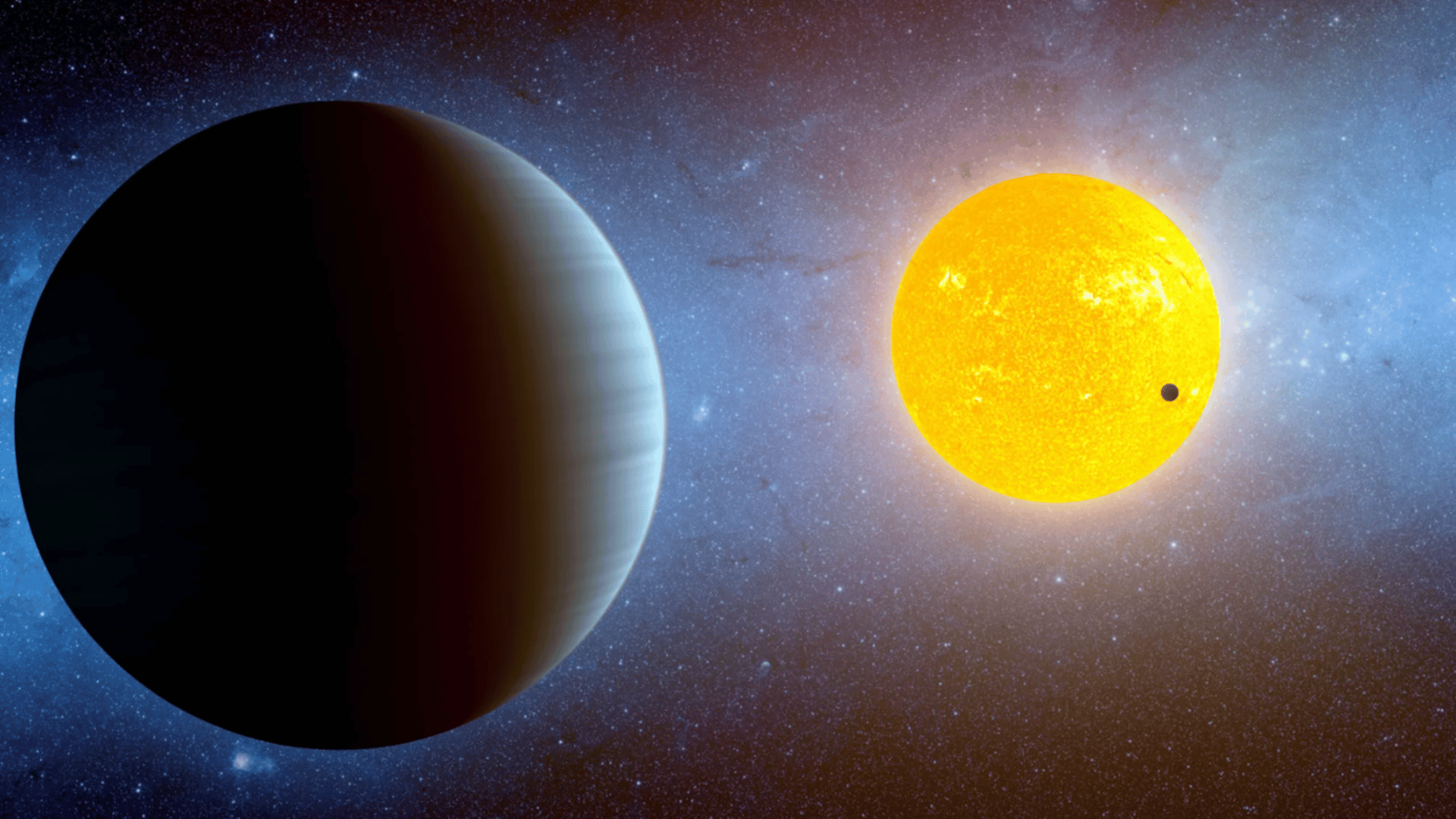Our galaxy’s nebulae can sometimes take on imaginative shapes, most recently the shape of a cosmic koi fish captured by the European Southern Observatory (ESO).

The image, which contains the brightly colored Gum 3 nebula, was captured by the VLT’s Survey Telescope which is located at the Paranal Observatory in Chile’s Atacama Desert. The interstellar cloud of dust and gas is approximately 3,600 light-years away, sitting between the Monoceros and Canis Major constellations.
Nebulae form from dust and gas remnants from a stellar explosion or supernova. They could also form in dense regions of dust and gas where gravity pulls materials together to create new stars.
Explore Tomorrow's World from your inbox
Get the latest science, technology, and sustainability content delivered to your inbox.
I understand that by providing my email address, I agree to receive emails from Tomorrow's World Today. I understand that I may opt out of receiving such communications at any time.
The nebula’s name comes from the late Australian astronomer Colin Stanley Gum, who cataloged 84 nebulae in the southern sky. Gum 3 is theorized to be a stellar nursery illuminated by young stars that emit powerful radiation that causes interstellar gas to glow in imaginative shapes and patterns.
“When the intense ultraviolet radiation from nearby young stars hits hydrogen atoms in the cloud, they emit visible light at very specific colors, which we see as shades of red and pink in the image,” the ESO wrote in a statement. “At the same time, tiny particles of dust within the cloud reflect starlight, especially blue colors, similar to what makes the sky look blue here on Earth. This play of colors makes nebulae like this spectacular to look at.”
The VST is equipped with the OmegaCAM instrument, a giant 268-megapixel camera, and 12 different broadband filters. This device allows scientists to observe emissions from stars and galaxies around a wide wavelength range.
The new image not only displays areas of colorful light but also shows a lack of light in the area to the right of the cloud’s brightest and most pink part. This indicates a large dust clump blocking portions of the visible light.







